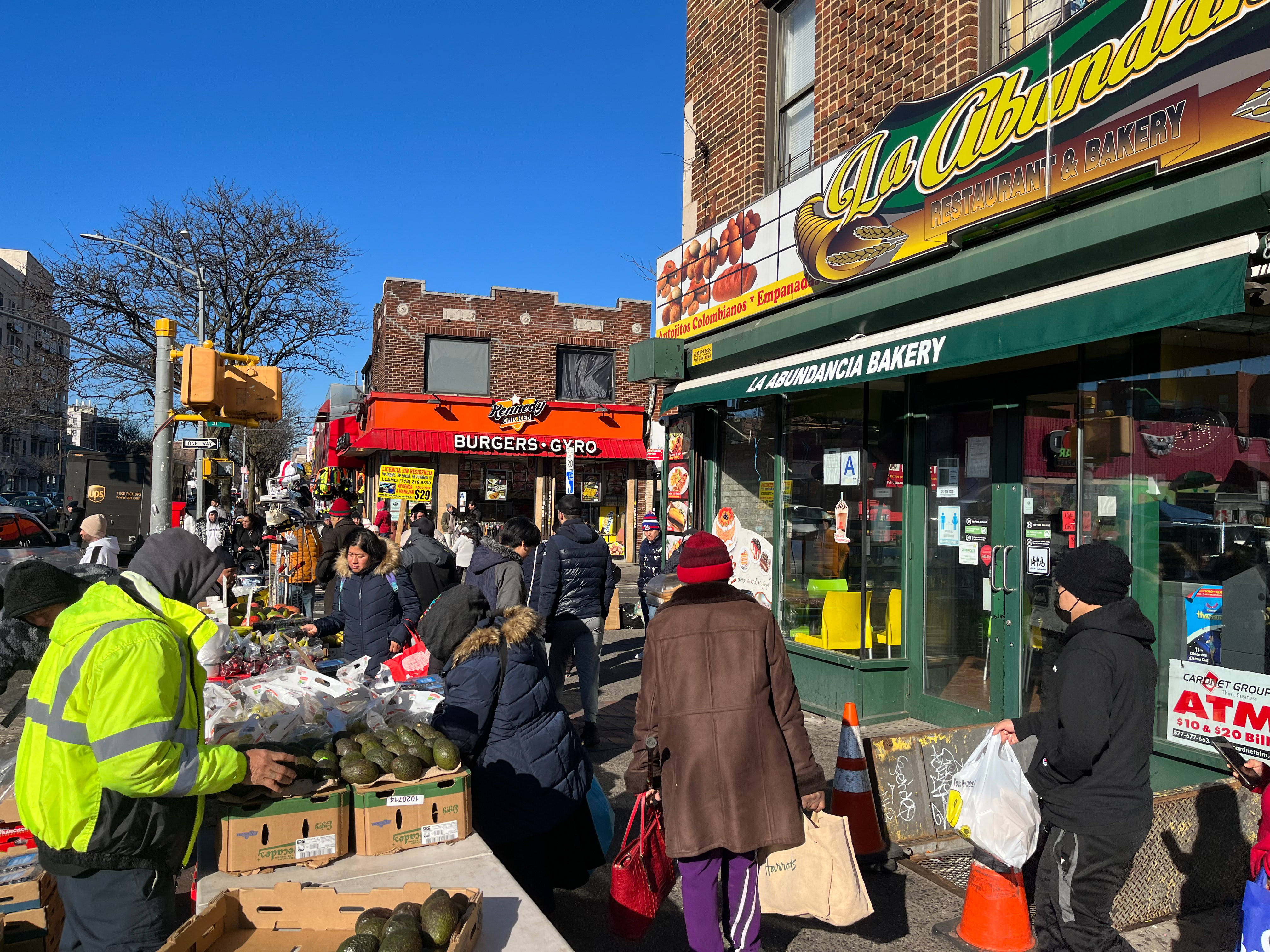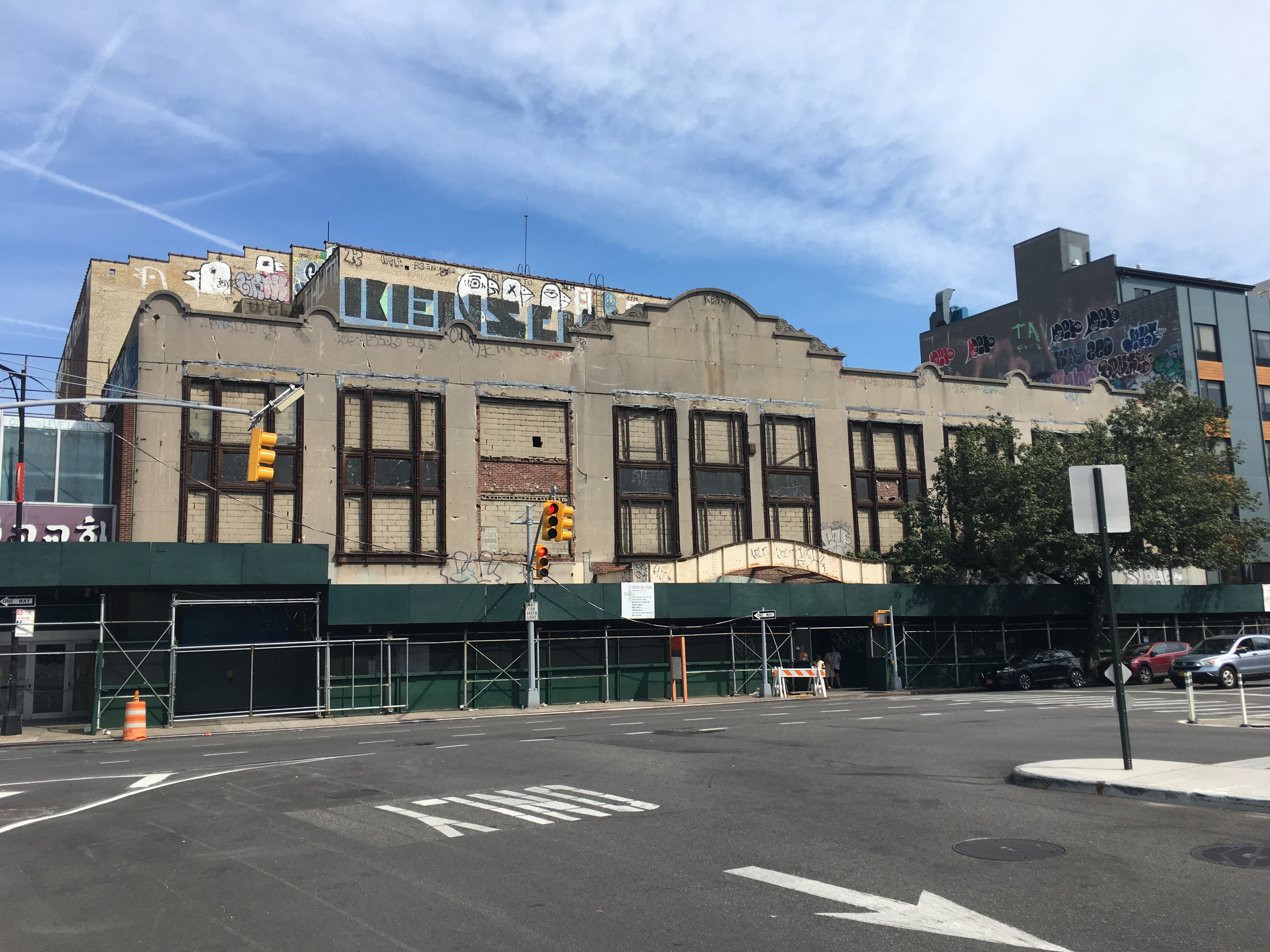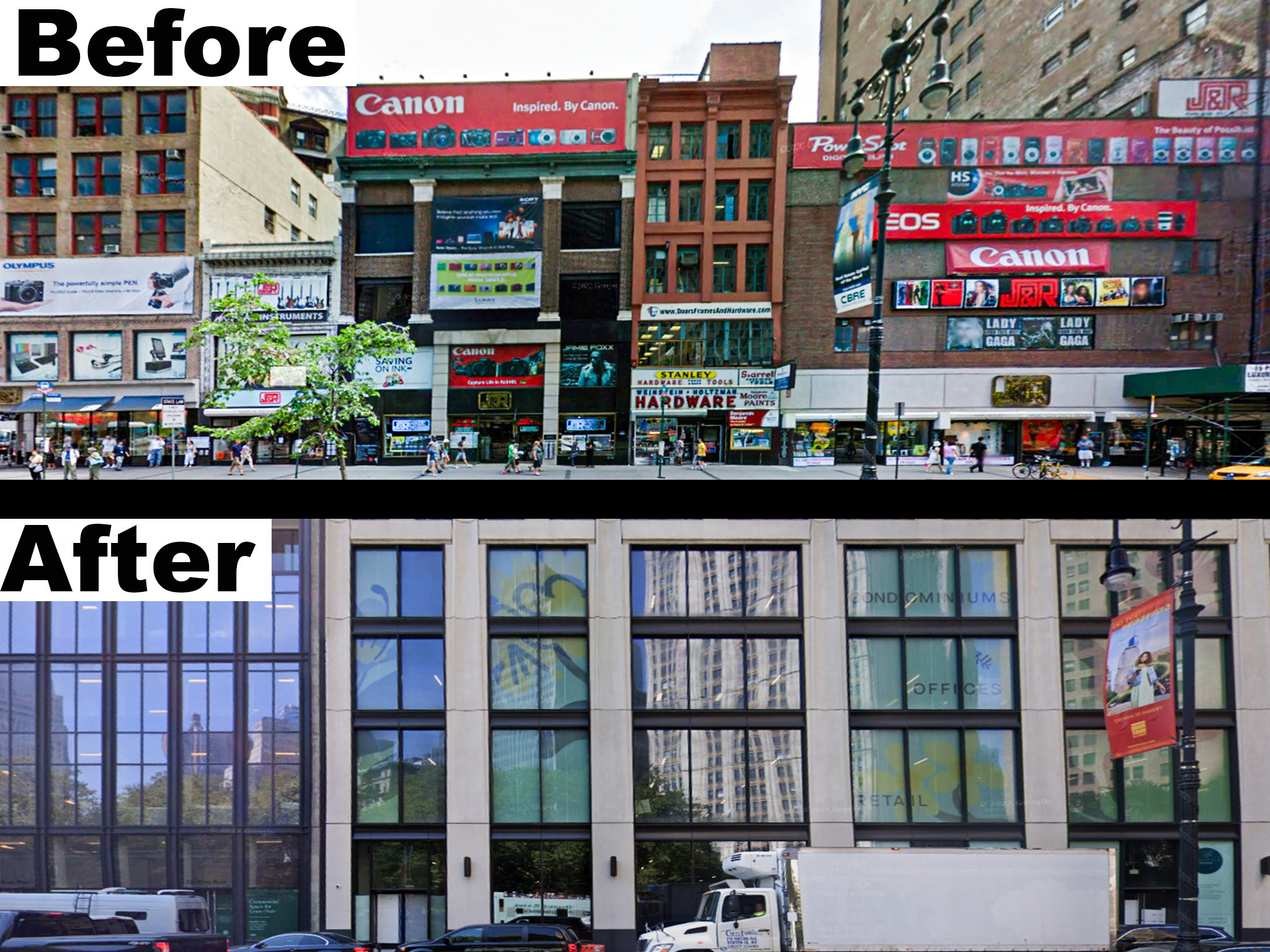New York is a city that grew extremely quickly during the first three decades of the 20th century. Already the nation’s largest city in 1900 with 3.5 million people, in just 30 years New York doubled its population, reaching nearly 7 million by 1930. This population growth was facilitated by the construction of more than a dozen new rapid transit lines - forming the system that would soon become the New York City Subway - and the construction of thousands upon thousands of mainly five- and six-story apartment buildings in upper Manhattan, the Bronx, Brooklyn, and western Queens.
This unparalleled expansion of the urban footprint created the New York that we know today. Outside of the city’s central business districts of Midtown and Wall Street, most of New York is still made of brick apartment buildings located around transit lines. As such, the architectural styles that were popular at the time have since dominated the city’s streetscapes and have come to form the vernacular architecture of the city.
Vernacular architecture is the architecture that makes a place feel like a place. It is usually concentrated in a certain region and makes heavy use out of local materials and building methods. In Paris, France, this means grand, six-story apartment buildings with shingle-roofs and stone facades built in the 1860s and 70s. In Medellín, Colombia, this means largely self-built buildings, two and three stories tall, made of a deep-red brick found in the hillsides around the city. Since Medellín’s precipitous growth took place during the 1970s, 80s, and 90s, the city’s vernacular architecture dates to that period. In the case of New York, the brick tenements and apartment houses erected during the early 20th century constitute the city’s vernacular architecture - they make New York feel like New York.
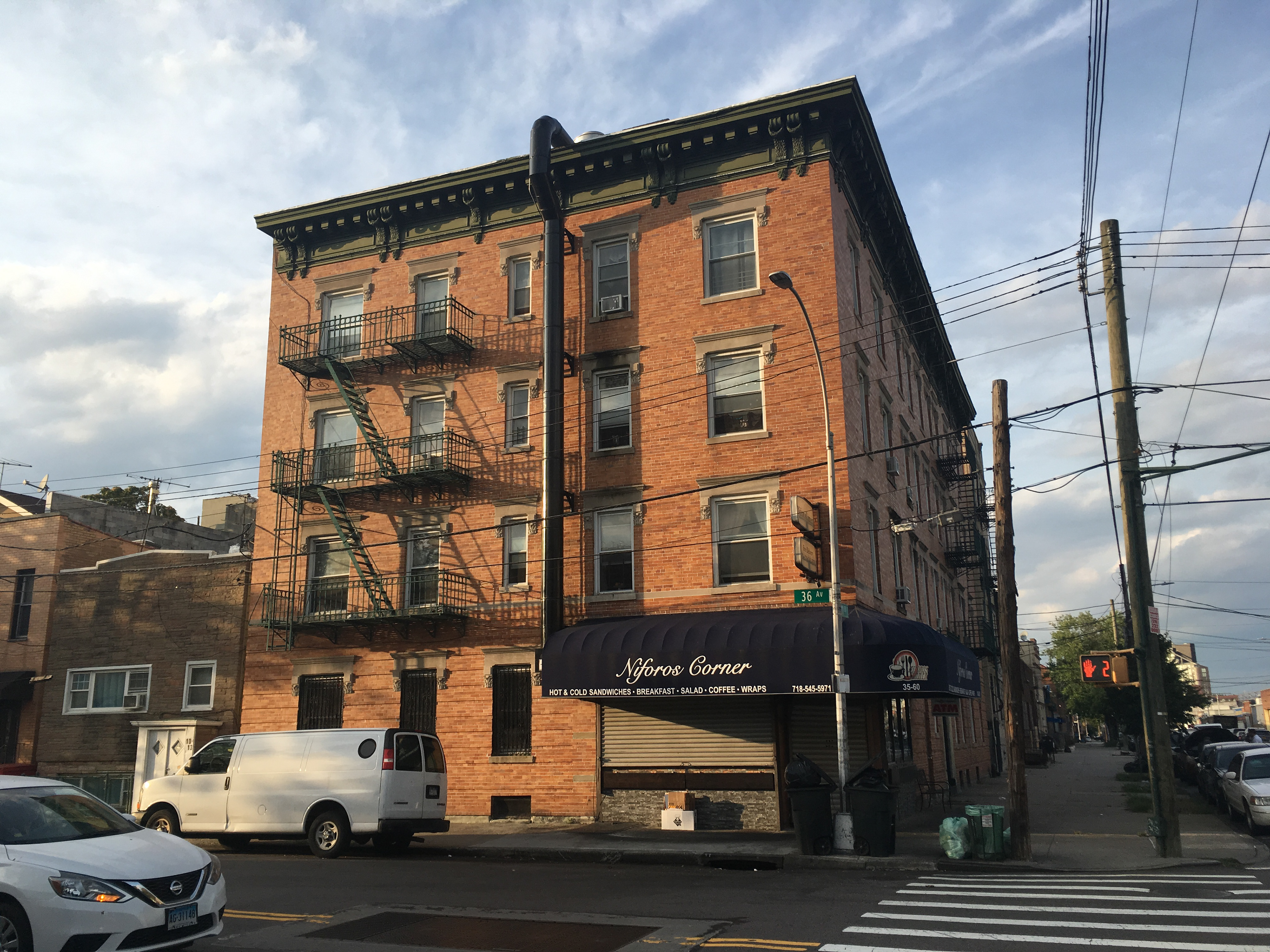
11th Street and 36th Avenue in Astoria, Queens
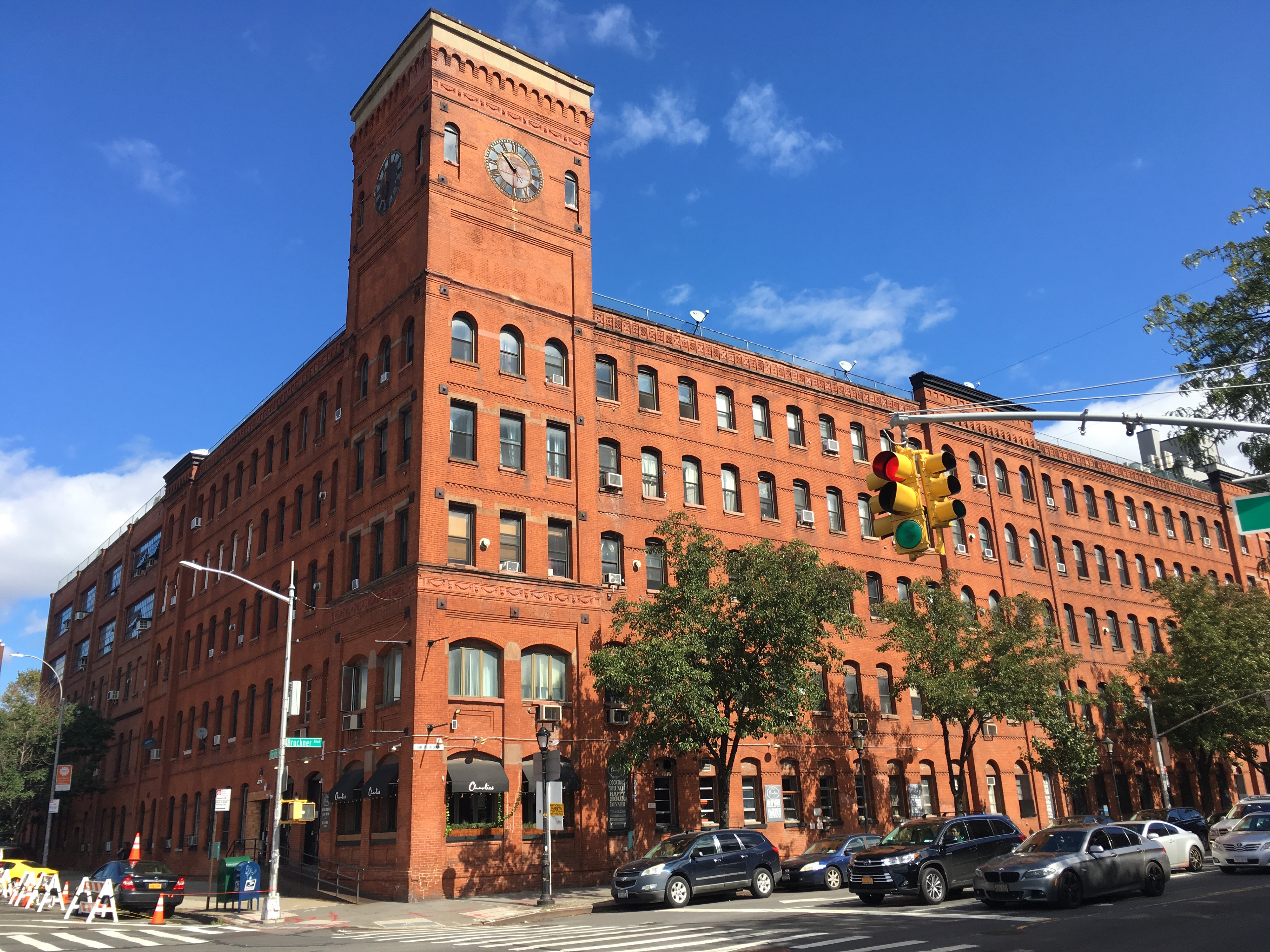
Bruckner Boulevard and Lincoln Avenue in Mott Haven, Bronx
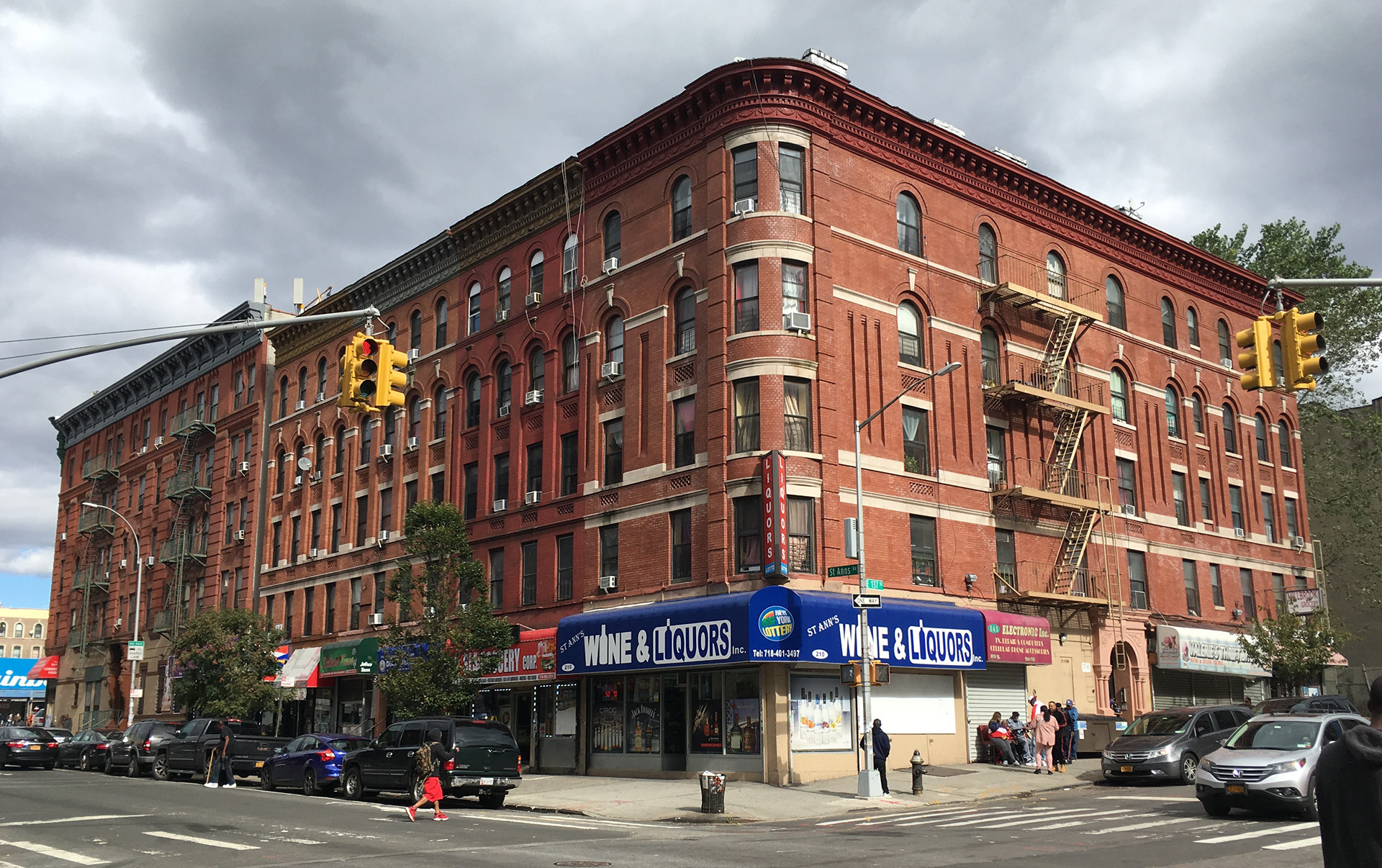
137th Street and St. Anns Avenue in Mott Haven, Bronx
Bowery and Rivington Street in Manhattan
42nd Street and 1st Avenue in Manhattan
42nd Street and 1st Avenue in Manhattan
2nd Avenue and 91st Street in Manhattan
Fulton Avenue and East 168th Street in the Bronx
Ithaca Street in Elmhurst, Queens
Hampton Street in Elmhurst, Quees
Industrial buildings also form part of New York's vernacular architecture. Although the majority of the surviving buildings from the first third of the 20th century are residential, many of the same styles and materials were used for industrial buildings as well. Just as much as tenements and brownstones, these buildings contribute to a sense of place that makes the city feel like New York.
Early 20th century factory in Long Island City, Queens
Early 20th century factory in Long Island City, Queens
